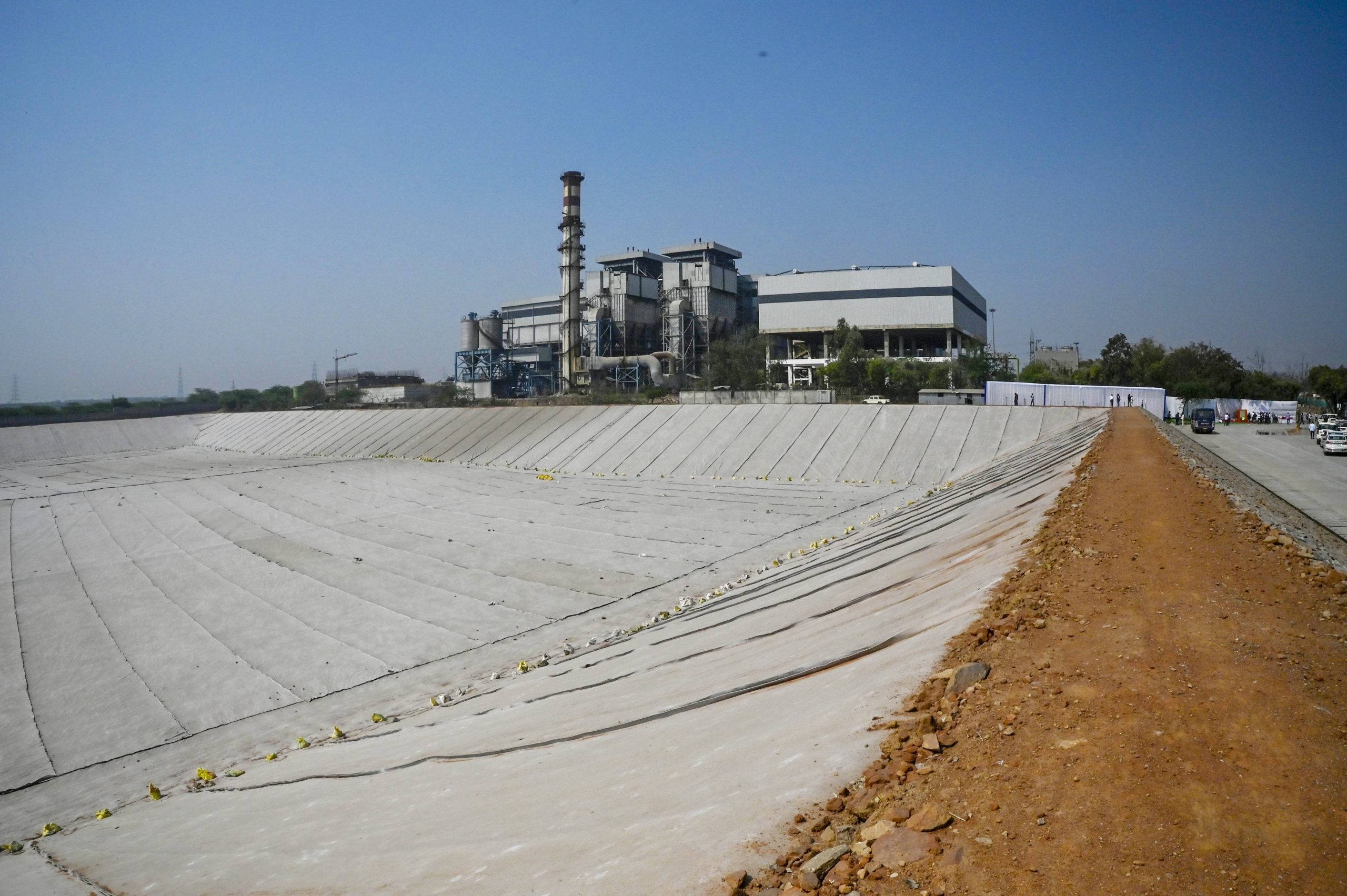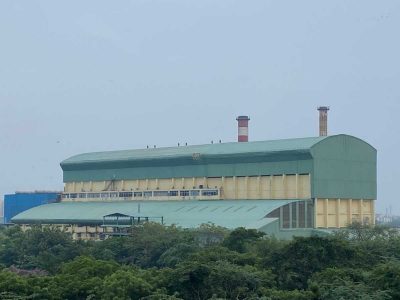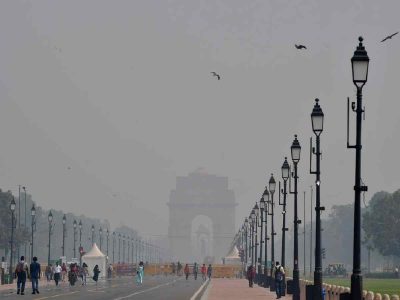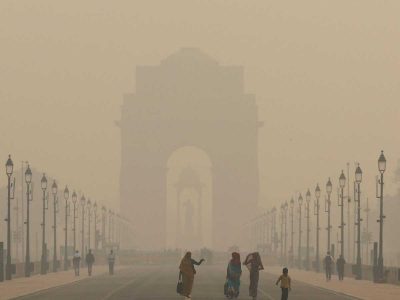Delhi’s first engineered sanitary landfill has become operational in South East Delhi’s Tehkhand. Developed over an area of 32.34 acres, the landfill is expected to cost Rs 78.9 crores. Municipal Corporation of Delhi (MCD), the urban body responsible for running operations, has stated that the project which was inaugurated on March 12 in the presence of Chief Minister Arvind Kejriwal and Lt Governor VK Saxena, is first of its kind in the country.
Genesis of an idea
According to the project proposal submitted by the erstwhile South Delhi Municipal Corporation (SDMC), the idea for an engineered landfill with scientific waste disposal stemmed from the decision to close Okhla landfill dump site. Though the older site continues to operate, the new engineered landfill has been hailed as a solution for the surging problem of accumulating solid waste. It was approved in 2018. While posting on X, formerly called Twitter, Delhi CM Kejriwal called it “a significant step towards sustainable waste management and environmental conservation”.
What makes the Tehkhand landfill special?
The new landfill site, developed over an area of 32 acres and costing around Rs 78.9 crores, has been designed to help relieve the Okhla Landfill Site which is on the verge of exhaustion.
The project features leachate collection and treatment facilities, gas management and use of native vegetation to mitigate effects caused by the landfill. Locally adopted non-edible plants such as Babul, Shisham, and Neem, to name a few will also form part of a green belt around the site to act both as visual barrier and improve air quality.
The chemically toxic leachate, which is known to pollute groundwater, will be collected and treated as proscribed under the provision of Solid Waste Management Rules (2016).
The project envisions minimising the multiple and manual handling of municipal solid waste. The waste will be segregated into biodegradable and nonbiodegradable. Biodegradable waste will be processed and converted into compost while recyclable material from nonbiodegradable waste will be used again with recyclers.
Why does Delhi need a fourth landfill site for its waste?
Delhi’s population stands at 1.6 crore people according to the 2011 census. The Delhi government predicts it to rise to 2.65 crore by 2036. As cited in the data released by Delhi Pollution Control Committee (DPCC), the national capital generates around 11,108 tonnes per day (TPD) of solid waste. Out of this, only 5,280 TPD of waste is either treated or processed, with over 5,828 TPD of waste being dumped. Delhi’s three landfill sites namely Bhalswa, Ghazipur and Okhla have attained mountain-like heights of 62m, 65m and 40m respectively.
Local residents and environmentalists have shared safety concerns and environmental implications of the landfill sites. A portion of Ghazipur landfill had collapsed in 2017, killing two people. The national capital has witnessed deteriorating air quality with pollution levels remaining high. Authorities believe the new landfill site will also mitigate air pollution caused by the Okhla landfill. With most landfills inching towards full capacity, the site at Tehkhand is also being viewed as an opportunity for employment generation.





